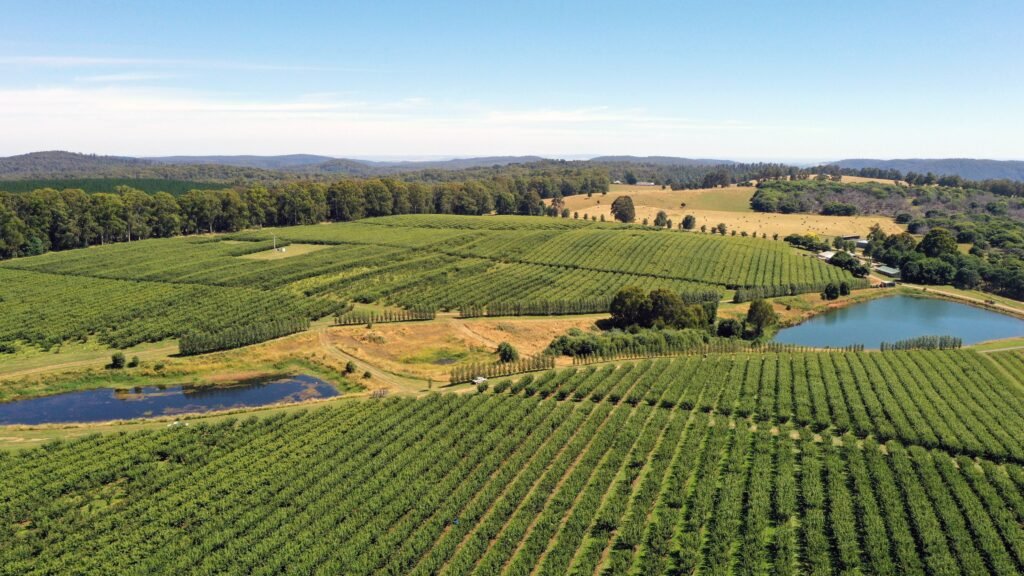Paul McMahon is Managing Partner at SLM Partners.
Australia’s regulated carbon market, with its focus on land management and ensuring consistent demand, provides a model for other countries to follow.
Voluntary carbon markets are in danger of collapse, with consulting firms saying hundreds of billions of dollars need to be invested in carbon removal to meet climate targets by 2050. But recent scandals have undermined the credibility of tropical forest projects in developing countries that have historically provided the majority of carbon credits.
As governments stand on the sidelines in North America and Europe, start-ups are racing to develop carbon-reduction plans for agriculture and forestry, with widely differing methodologies and levels of sincerity that are creating confusion for landowners, farmers and buyers of carbon credits.
But Australia has created a regulated carbon market with clear rules and demand sources.
The Australian government began building a voluntary carbon market through its Carbon Farming Initiative in 2011. Over time, this has transformed into a regulated domestic carbon market under the control of a government agency that approves methodologies, issues credits and maintains a registry.
Each Australian carbon credit unit issued represents one tonne of carbon dioxide (CO₂) equivalent stored or avoided by the project. The Australian Clean Energy Regulator expects 20 million ACCUs to be issued in 2024, up from 17.2 million the previous year.
From the beginning, the focus was on land, and carbon markets were designed to incentivize landowners and farmers to reduce greenhouse gas emissions and store carbon in soils and vegetation.
Of the 32 approved carbon emission reduction methodologies, 16 relate to the land sector. Between 2012 and 2023, 140 million ACCUs have been issued, most of which are for projects related to land management.
Stimulating demand for carbon credits
A pain point in many carbon markets is uncertain demand. The Australian government initially solved this problem by acting as the main buyer of credits. The Emissions Reduction Fund, allocated A$2.5 billion (US$1.7 billion) from the federal budget, signed 10-year off-take agreements with project proponents, providing certainty for projects to get off the ground.
More recently, corporations have taken up the baton. They are buying ACCUs not only to meet voluntary net-zero commitments but also to meet compliance requirements. The Australian government has capped emissions for highly polluting companies. This will automatically reduce them by 4.9% each year until 2030, but if these companies cannot reduce their emissions internally, they will have to buy offsets on the carbon market.
While the government initially led the stimulus drive, the private sector is now driving the market, and as a result, ACCU prices have reset to A$35-40 in recent years, compared with a consistent A$12-15 range until 2021, when the government was the main buyer.
Carbon advisory firm Reputex predicts the price of an ACCU could rise to between A$60 and A$100 by 2033, depending on various supply and demand scenarios.
How farmers and landowners can enter this market
By participating in these carbon markets, farmers, landowners and agricultural investors have the potential to increase their annual income and increase the value of their land.
There are two ways to do this:
The first involves removing agricultural land from cultivation and planting trees and shrubs or allowing native plants to grow. However, this land-use change comes at the expense of food production, and if implemented on a large scale, it can have consequences for rural economies and food security.
The second way is to change agricultural practices and adopt regenerative agriculture methods to reduce emissions or increase carbon storage while continuing to produce food.
The recent joint venture between SLM Partners and Impact Ag Partners is an example of the latter approach, following the acquisition of 3,650 hectares of mixed farming land near Cootamundra in Australia’s New South Wales Riviera region.
The plan is to plant native trees in less productive areas of the farm, as well as fragment pastures to provide water points and allow for rotational grazing for livestock – an approach that has been proven to increase soil carbon. Carbon projects already in place on the farm are expected to generate 225,000 ACCUs over 25 years.
Similar regenerative agriculture practices can also increase carbon storage on larger rangelands: SLM’s Australian Livestock Fund has sold more than 1.8 million ACCUs since 2016 from a portfolio that covered more than 450,000 hectares at its peak. Implementing regenerative grazing systems with beef cattle has helped to stimulate the regeneration of native forests in Queensland.
Food production and carbon can be produced on the same land with little or no trade-off. In fact, regenerative agriculture offers many other benefits as well, including increased yields, reduced input costs, price premiums and improved resilience to extreme weather events.
Implementing these types of regenerative agriculture systems and establishing carbon projects on productive land requires a high level of skill and experience from the asset managers overseeing the investments and the operators running the farms. For those who master this approach, Australia’s high fidelity carbon market offers a clear pathway to monetizing positive climate impacts.
Australia could serve as an example to other places with high hopes for nature-based climate solutions but caught in carbon credit chaos.

